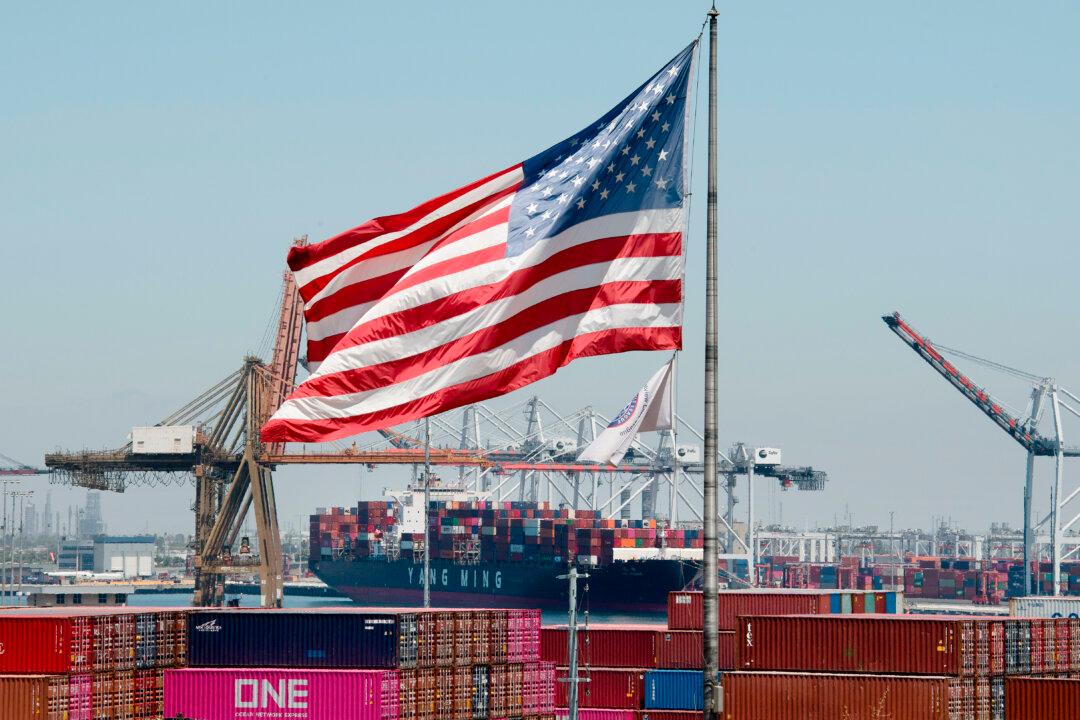Inflation accelerated sharply and well above forecasts in October, with U.S. consumer prices rising at their fastest over-the-year pace in more than three decades as persistent supply chain bottlenecks continue to push prices skyward.
The Bureau of Labor Statistics (BLS) reported on Nov. 10 that the headline Consumer Price Index (CPI), a measure of inflation from the perspective of end consumers of goods and services, surged by 6.2 percent over the year and 0.9 percent over the month in October.





